Optimizing Gold Elution: Understanding Its Advantages & Problems
3830This article explains the gold elution process. Understand its main advantages, typical problems that can arise, and how to solve them for better performance.
View detailsSearch the whole station Crushing Equipment
I have built lead-zinc plants across the globe, and I have seen fortunes made and lost on this complex ore. People look at a lead-zinc deposit and think it’s a simple separation. That is the first and most expensive mistake you can make. The core of profitable lead-zinc ore beneficiation is understanding that it is a two-act play. Act I is the brute force of gravity separation. Act II is the chemical ballet of flotation. They must work together perfectly.
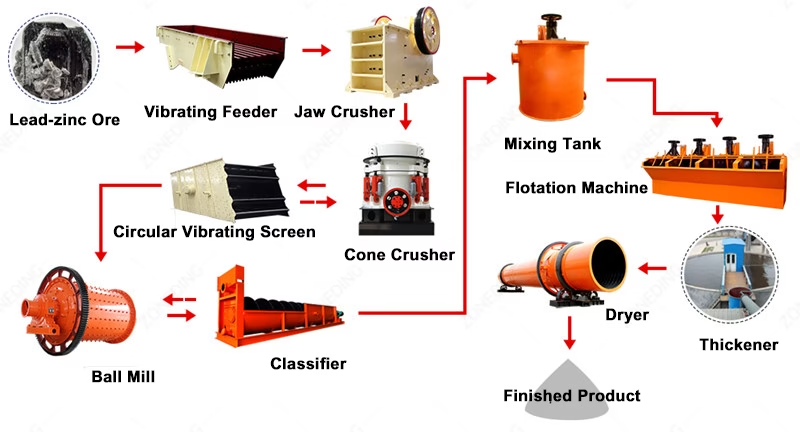
This guide will show you how to direct that play. We will move from the raw complex ore to two separate, high-grade concentrates. This is how you avoid smelter penalties and maximize your profit. This is the difference between simply mining and actually making money with a lead-zinc ore processing line.
Before you buy a single piece of mineral processing equipment, you must understand your ore. The success of your entire operation depends on the ore’s unique characteristics. The two most important factors are the mineral liberation size and the intergrowth relationship between galena (lead sulfide) and sphalerite (zinc sulfide).
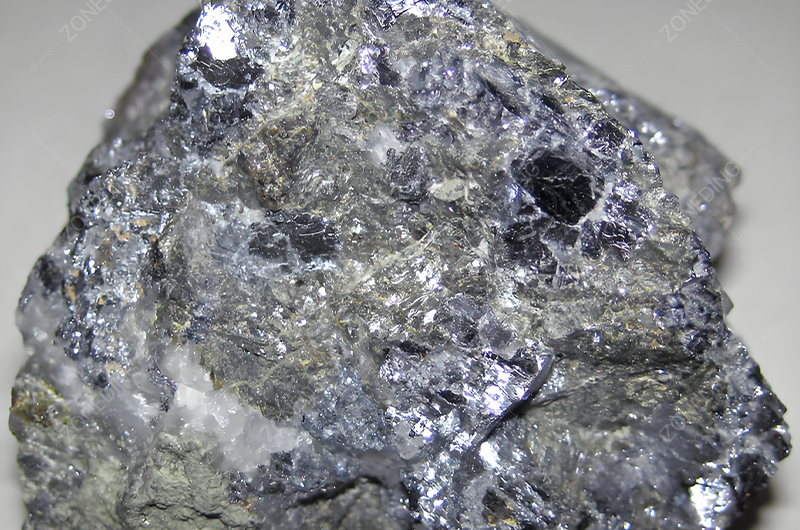
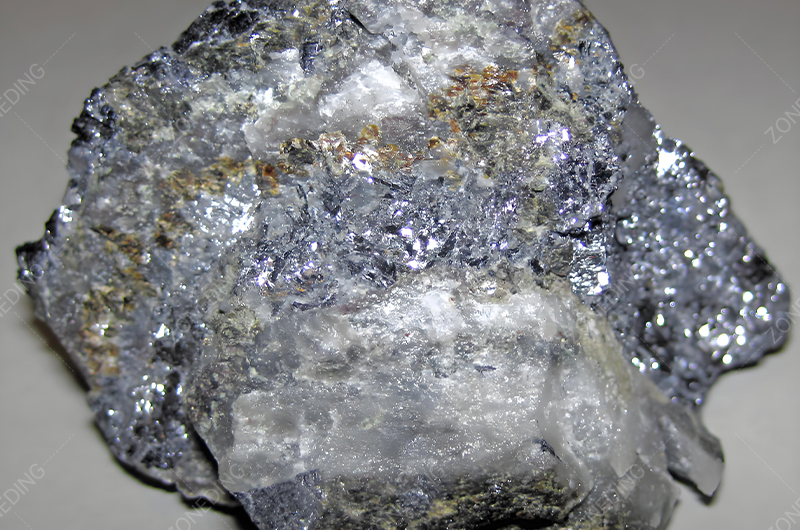
Liberation size is the particle size to which you must grind the ore to physically separate the valuable minerals from the worthless gangue rock. If you under-grind, the minerals remain locked, and recovery will be poor. If you over-grind, you create ultra-fine “slimes” that are the villain of any flotation circuit. They are difficult to recover and consume vast amounts of expensive reagents. A detailed mineralogical study of your ore is not optional. It is the blueprint for your entire grinding and separation strategy.
The entire purpose of the crushing and grinding stage is to reduce the ore size down to its determined liberation size. This is a multi-step process designed for efficiency and control. It is the foundation of your entire lead-zinc separation strategy.
The journey starts with coarse and fine crushing. Run-of-mine ore is first fed into a primary Jaw Crusher. This powerful machine handles the largest boulders, breaking them down to a manageable size. The output from the jaw crusher is then typically fed to a secondary Cone Crusher. The cone crusher efficiently reduces the ore further, preparing it for the grinding circuit.
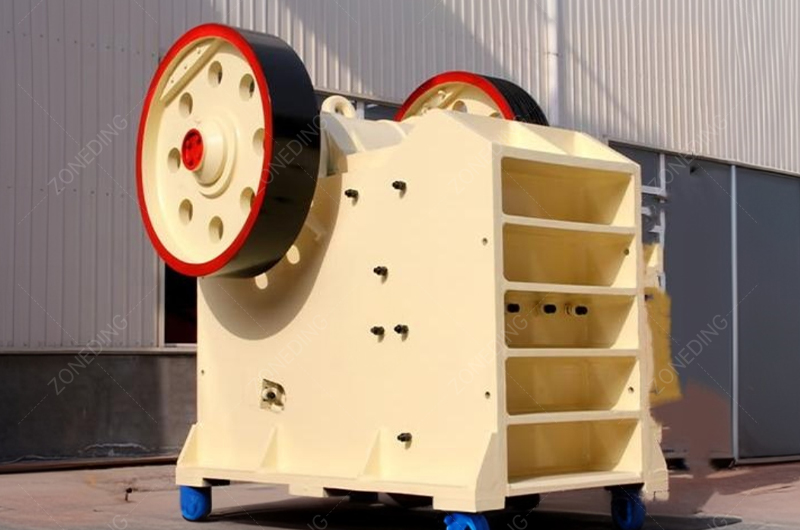
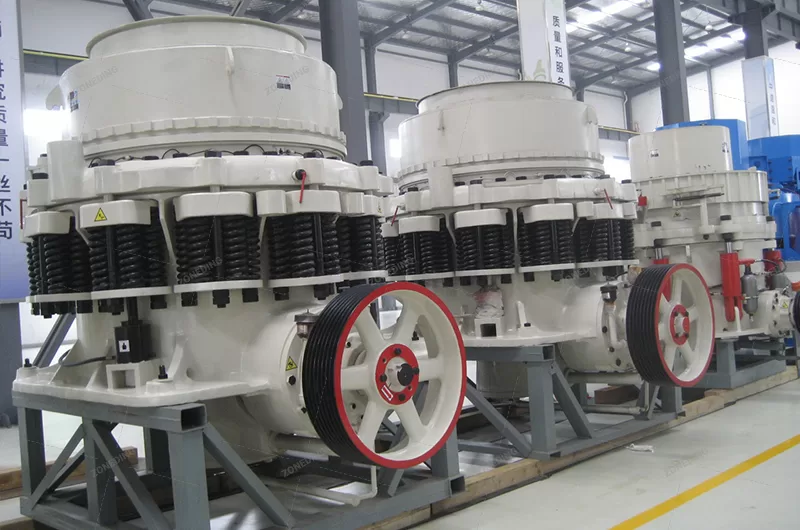
Grinding is where you achieve the final liberation size. The most reliable and standard configuration for this is a Ball Mill operating in a closed circuit with a classifier. The ore from the crushing stage is fed into the ball mill, which tumbles it with steel balls to grind it into a fine slurry. This slurry is then pumped to a Spiral Classifier or hydrocyclone. The classifier separates particles that are fine enough and sends them to the next stage. Any oversized particles are returned to the ball mill for re-grinding. This closed-loop system is essential. It gives you precise control over the final particle size and prevents the costly mistake of over-grinding.
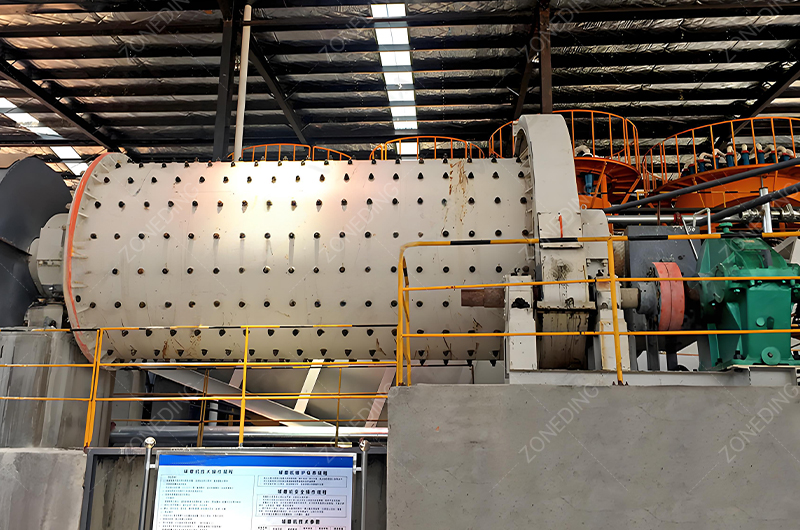
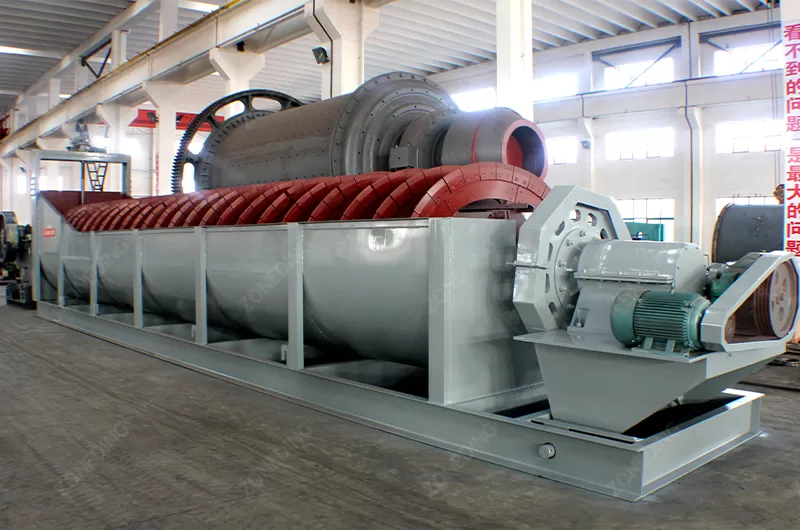
Many engineers today, raised on flotation, see gravity separation as old-fashioned. They are wrong. For a typical lead-zinc ore, the gravity separation process is not an option; it is your “free money” stage. The reason is simple: density. Galena (lead sulfide) has a specific gravity of around 7.5, while the waste rock is around 2.7. This huge difference is a gift from nature.
By using a simple gravity circuit before fine grinding, you can recover coarse, liberated galena particles. This is the cheapest metal you will ever produce. A Jigging Separator Machine or a Shaking Table uses only water and electricity to separate the heavy galena. You use no expensive chemical reagents. Furthermore, by removing a chunk of high-mass material early, you reduce the load on your expensive grinding and flotation circuits. This saves you millions in energy and reagent costs over the life of the mine. Skipping this step is throwing money away.
After grinding and potential gravity separation, you move to the chemical ballet of flotation. For lead-zinc ore, the cardinal rule is you must use a preferential flotation process. You float the lead first, then you float the zinc. Trying to float them together results in a low-value bulk concentrate that no smelter wants. This two-step flotation process is where the surgical separation happens.
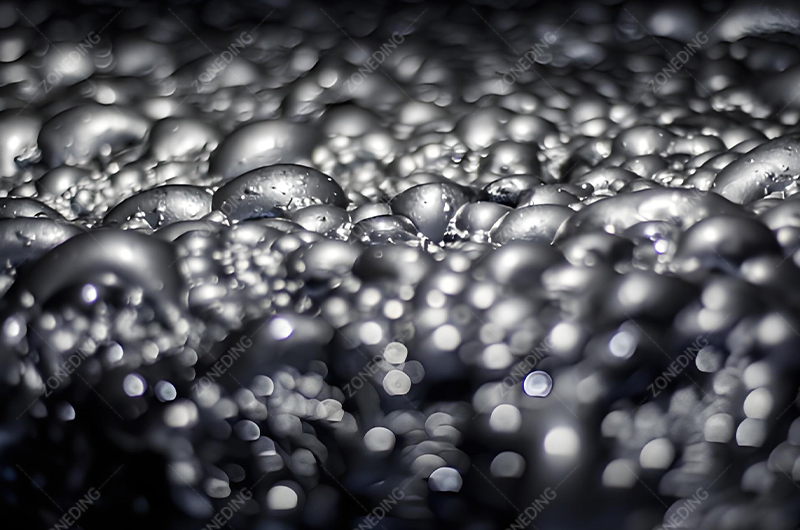
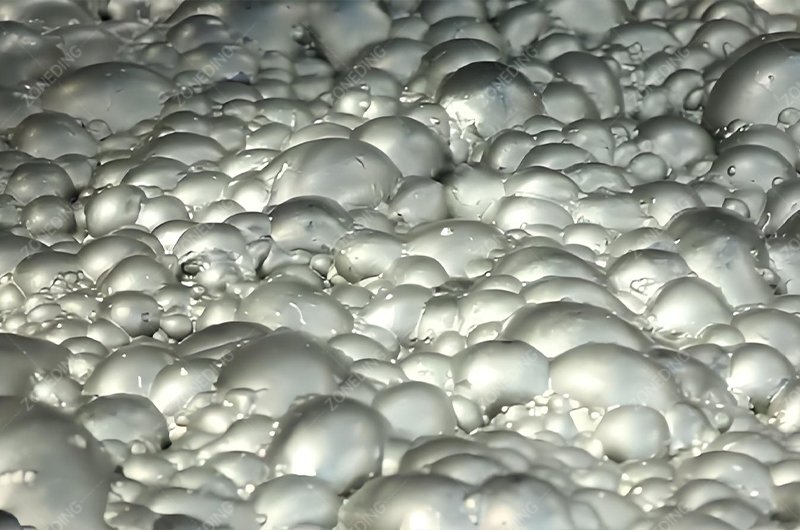
The trick to the lead stage is not to “activate” the lead; it is to make the zinc mineral (sphalerite) “invisible” to the collector. This is called depression. In a series of conditioning tanks, you add specific flotation reagents to the ore slurry. You add a pH modifier like soda ash, a sphalerite depressant like Zinc Sulfate, and a collector like Xanthate. This pulp is then fed into a bank of SF or BF model Flotation Machines. Air is injected, and the bubbles attach only to the galena particles, floating them to the surface as a clean lead concentrate. The depressed sphalerite stays behind.
The tailings from the lead circuit now enter the second act. Your job is to “wake up” the sphalerite you just put to sleep. This is done by adding a critical reagent: Copper Sulfate. This “activator” coats the sphalerite, making it attractive to the collector. You raise the pH again, this time with lime, to keep any remaining pyrite depressed. You add another dose of collector, and this conditioned pulp is fed to a second bank of flotation cells. Now, the sphalerite floats, producing a high-grade zinc concentrate.
| Flotation Stage | Objective | Key Reagent Chemistry | Resulting Product |
|---|---|---|---|
| Act 1: Lead Flotation | Float Galena, Depress Sphalerite | Zinc Sulfate (Depressant) | High-Grade Lead Concentrate |
| Act 2: Zinc Flotation | Activate & Float Sphalerite | Copper Sulfate (Activator) | High-Grade Zinc Concentrate |
The most profitable process flowchart for many lead-zinc ores is a combined gravity-flotation circuit. This process leverages the strengths of both methods to maximize recovery and minimize cost. The configuration is logical and effective.

First, the ore is crushed and then goes through a primary grinding stage. The discharge from this first mill, containing coarse but potentially liberated galena, is sent directly to a gravity circuit (e.g., jigs or spirals). This circuit immediately recovers a significant portion of the lead as a high-grade concentrate. The tailings from the gravity circuit, now free of coarse lead, are then sent to the secondary grinding circuit to be ground to the final flotation size. This finely ground material then proceeds through the two-stage preferential flotation process as described above. The benefit is clear: you recover the easy, low-cost metal first and reduce the workload and complexity of the more expensive flotation circuit.
The final stage of any lead-zinc ore beneficiation plant is dewatering. Your final lead and zinc concentrates are slurries, and shipping water is expensive. Likewise, your tailings must be dewatered to recycle water and for safe, environmentally compliant storage.
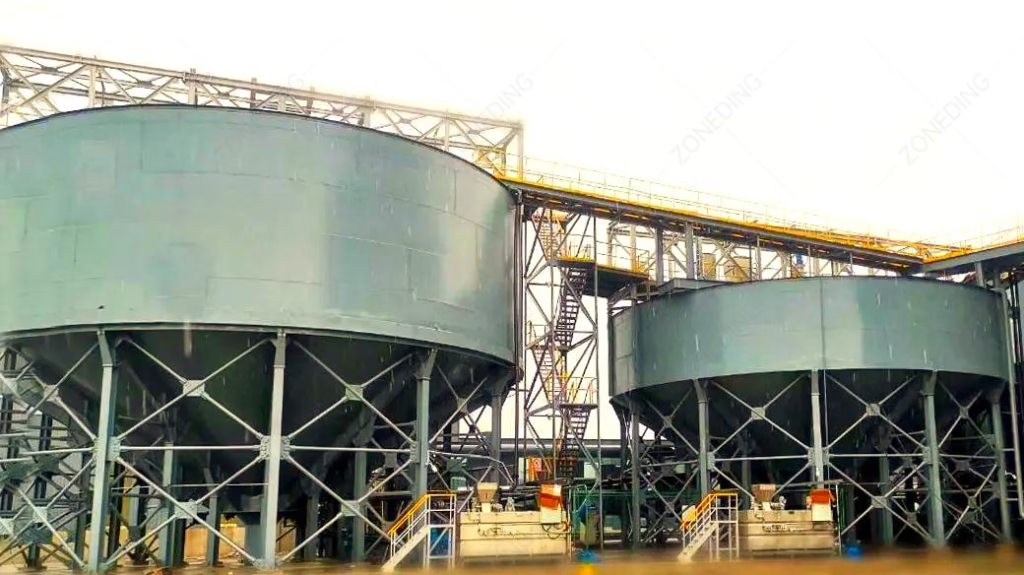
his is typically a two-step process. First, the concentrate or tailings slurry is sent to a large circular tank called a High Efficiency Concentrator (or thickener). Here, the solids slowly settle to the bottom, and clear water overflows the top to be recycled back into the plant. The thickened underflow from the thickener, which is now a much denser slurry, is then pumped to a filter press. The filter press uses high pressure to squeeze out the remaining water, producing a solid “filter cake” that is ready for transport or storage. This efficient water management lowers your operational costs and is critical for modern environmental standards.
Every lead-zinc ore is unique. A profitable plant is not built with a one-size-fits-all approach. It requires a custom design based on the specific characteristics of your deposit. At ZONEDING, this is the core of our service.
As a manufacturer of a complete range of crushing equipment and beneficiation machinery, we provide the expertise to ensure your success. You send us a sample of your ore, our labs perform the necessary tests, and our engineers design a custom process flowsheet and equipment list tailored to your project. This data-driven approach removes guesswork and ensures your investment is sound. Contact us today to get a free, professional configuration plan and quote for your lead-zinc project.
This article explains the gold elution process. Understand its main advantages, typical problems that can arise, and how to solve them for better performance.
View detailsDesign a cost-effective limestone crushing plant. Our guide focuses on optimizing equipment configuration and flowcharts to boost yield and lower costs.
View detailsDiscover what iron ore is, how it's mined, and why it's the critical backbone of the global economy. Learn how it's transformed into steel for everything.
View detailsThe perfect solution for gold mining. Our portable hard rock crushers are engineered to process gold-bearing ore efficiently.
View detailsWe use cookies to ensure that we give you the best experience on our website. If you continue to use this site we will assume that you are happy with it.
Privacy Policy